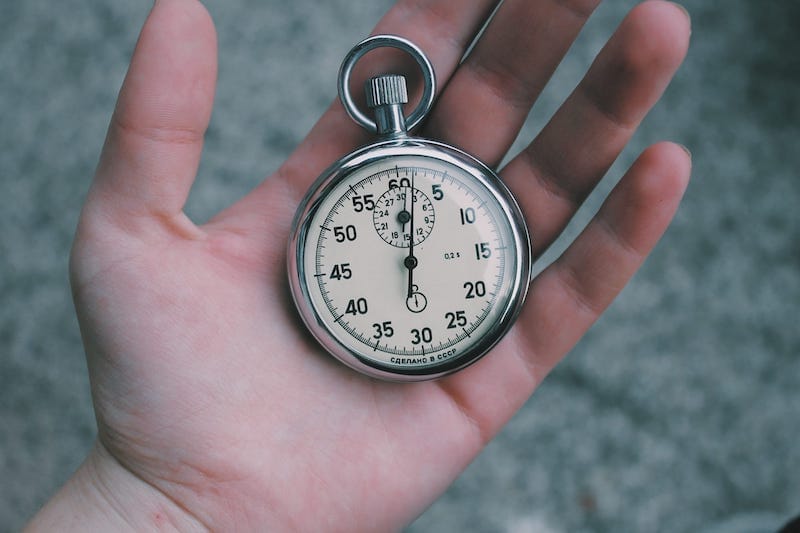Before we talk about Quantitative Usability Tests
We first need to talk about what a Usability Test is in general.
A Usability Test is a method used to evaluate how usable or intuitive your product is. This is done by observing and analyzing representative users as they perform specific tasks in your product. Usability Tests allow you to identify any usability problems, collect qualitative and quantitative data, and determine your users’ satisfaction with your product or proposed designs early on in the design cycle.
There are two types of Usability Tests; Quantitative Usability Tests and Qualitative Usability Tests. Quantitative usability testing is focused on collecting UX metrics (like time on task or task success) through controlled, specific tasks. A qualitative usability test has more open-ended tasks and prioritizes observations, like identifying usability issues or user insights.
For this method, we are going to focus on quantitative usability tests, but you can find information on qualitative usability tests here.
What is a Quantitative Usability Test?
A quantitative usability test is a method where participants perform controlled, key tasks in a system while you collect specific metrics that describe the user’s experience and performance in those tasks (like time on task or task success). This results in clear measurements you can use for reporting or benchmarking on the performance on your site or product.
Quantitative usability testing is focused on collecting UX metrics (like time on task or success) through controlled, specific tasks. It is also a Summative Research method, which basically means it is performed at the end of the design cycle to summarize the product’s performance.
Some cons of quantitative usability tests are that they can be expensive, time-consuming, and it may require compensating many participants. Remote moderated testing can help make scheduling easier, and there are paid services out there to help with that, however, they can be quite expensive.

What do you need for a Quantitative Usability Test?
TIME
MATERIALS
How do you conduct a Quantitative Usability Test?

Step 1: Decide what metrics you want to test
If you have decided that a quantitative usability test is the right method for you, you first need to decide what metrics you want to test.
To do this, you may first need to ask a few questions, such as:
- What do your stakeholders value?
- What does your team value?
- What will be impacted with the next set of changes you make to the product?
- What can you indirectly or directly connect to revenue or KPIs?
- Or more…
Answering questions like these should give you a solid list of metrics to start with, but if you need more, I recommend looking at Google’s HEART Framework as well. It contains a lot of great UX metrics that you can use to tailor a quantitative usability test around.
Some examples of metrics you can collect are:
- Success rate
- Average time on task (ToT)
- Task completion rate
- Time on page
- Number of errors
- Learnability
- And many more…
Step 2: Decide if you want moderated or unmoderated
Your next decision is to decide whether it will be moderated or unmoderated. A moderated test involves the active participation of a trained facilitator, while an unmoderated test is completed by test participants in their own environment without a facilitator present.
Unmoderated tests are faster, and allow for greater sample sizes in a short amount of time, but there are several cons; you can’t ask follow ups, the data has higher variability, and there is a risk of “Cheater” participants (which are participants that are only in it for compensation).
Step 3: Create your test plan and tasks
Next, you need to create your test script and tasks. Come up with as many tasks that you want feedback on and that will fit within your timeframe. Your tasks should be specific and controlled, so you don’t need to worry so much about creating flows for every edge case within a task, unlike in Qualitative Usability Tests.
Some examples of quantitative tasks would be:
- Find the link to the support centre
- Submit a help request from the checkout page
- Go through the “forgot password” flow
Step 4: Schedule and recruit participants
Once you know what you want to test, you will want to find participants. Ideally they are representative of your target audience and have the right amount of experience for the flows you are testing. For example, if you’re testing for the average Time on Task on a new sign-up flow, you may want participants that have never used your product before. If you’re testing an advanced feature, you may need participants with a lot of experience with your product.
For quantitative usability tests, in order to make sure you get statistically significant data, you need a sample size of at least 35 to 40 participants, otherwise the data will vary too much and will not be insightful.
Step 5: Have them go through the tasks and note their performance
Now you can have them go through the tasks while you record and document their performance on each one.
Step 6: Ask questions
In between each task, or once all tasks are complete, you can bring in some other research methods, like Quantitative Surveys and Qualitative Surveys, to get some additional feedback on the specific task or overall flow. You can even interview them with another set of questions, however this can only be done in moderated tests.
Step 7: Analyze and report your findings
Analyze the results from each task and then cross reference those results with the results from the other participants. This will give you average numbers that you can now use as a Benchmark, and the larger the sample size, the more significant these numbers will be.
Once you have this all in an easy-to-digest report, do a debrief with your team or stakeholders, then start coming up with plans on how to improve those numbers you collected.
Tips for a great Quantitative Usability Test
